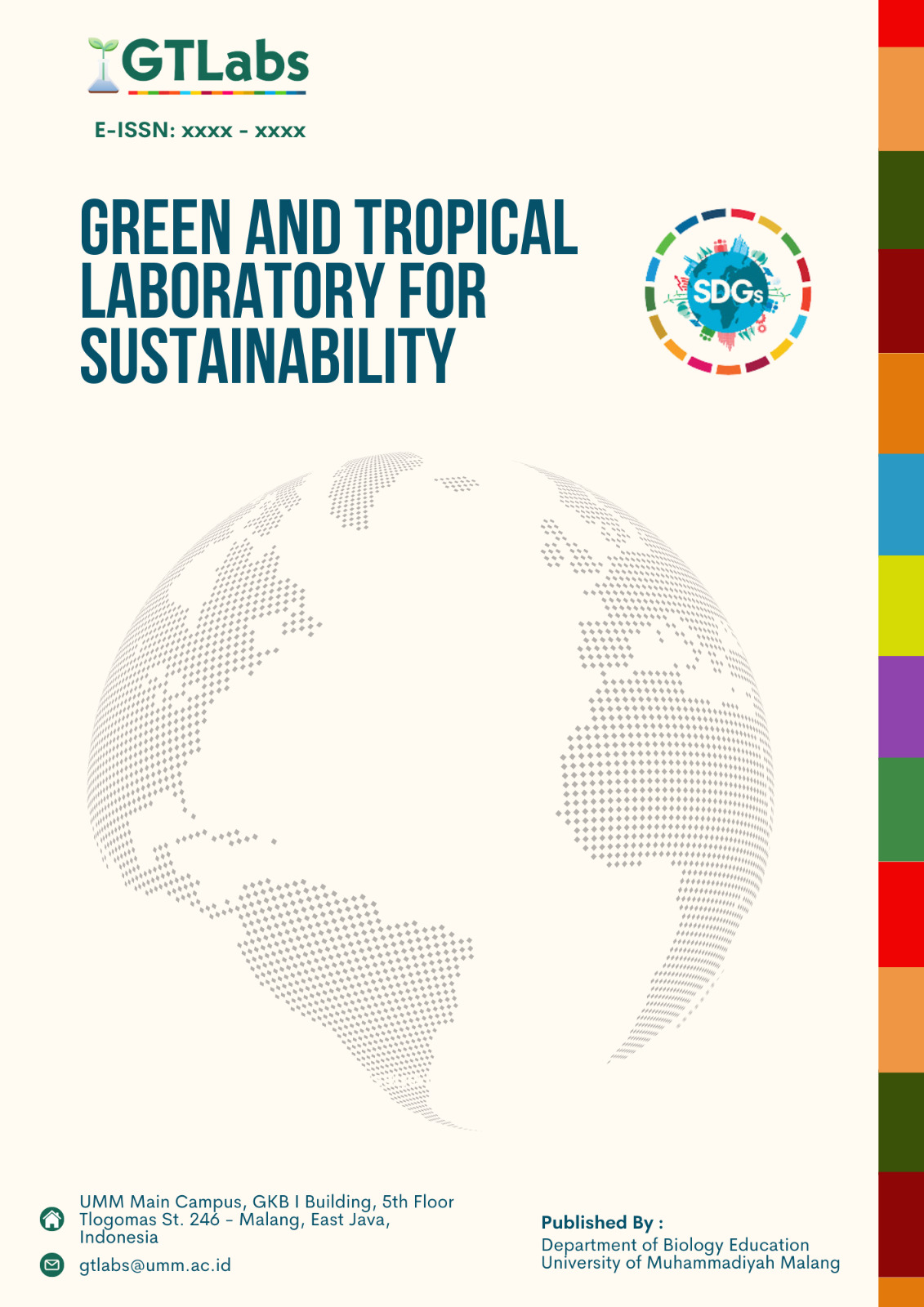Aedes aegypti mosquitoes in Malang Regency: What is the resistance status to malathion 0.8%?
Keywords:
Aedes aegypti, DHF, malathion, resistanceAbstract
Background: Dengue hemorrhagic fever (DHF) carried by the Aedes aegypti has become a health problem in Karangploso, Singosari, and Lawang Districts. The vector control program implemented by the government is fogging. Fogging contains an active material malathion which can hit adult mosquitoes. Excessive use of malathionic active ingredients can lead to vector resistance.
Objectives: The purpose of this study is to analyze the resistance status of Ae. aegypti to malathion 0.8% in Karangploso, Singosari, and Lawang Districts, as well as community behavior in controlling dengue disease.
Methods: Type of research is a descriptive observational study with cross sectional approach. Data was obtained through susceptibility tests in the laboratory and observations of public attitudes in controlling dengue disease through a Google form survey. The data was presented in tabular form and discussed descriptively. The results showed that the mortality percentage of Ae. aegypti mosquitoes in Karangploso District was 98%, Singosari 96%, and Lawang 98%, all of which were in the tolerant category.
Results: The results of observations to the community showed that the community already knew the most common breeding sites for Ae. aegypti larvae is bathub and the way people control dengue fever using several types of household insecticides, namely spray, burn, and anti-mosquito lotions.
Conclusion: The conclusion of this study is the resistance status of Ae. aegypti in the three sub-districts are classified as tolerant and the community already knows the most preferred breeding sites for the Ae. aegypti, but the way people control DHF is still using some household insecticides that may increase the status of Ae. aegypti becomes resistant.







